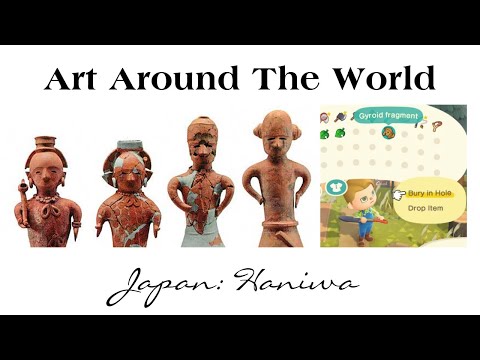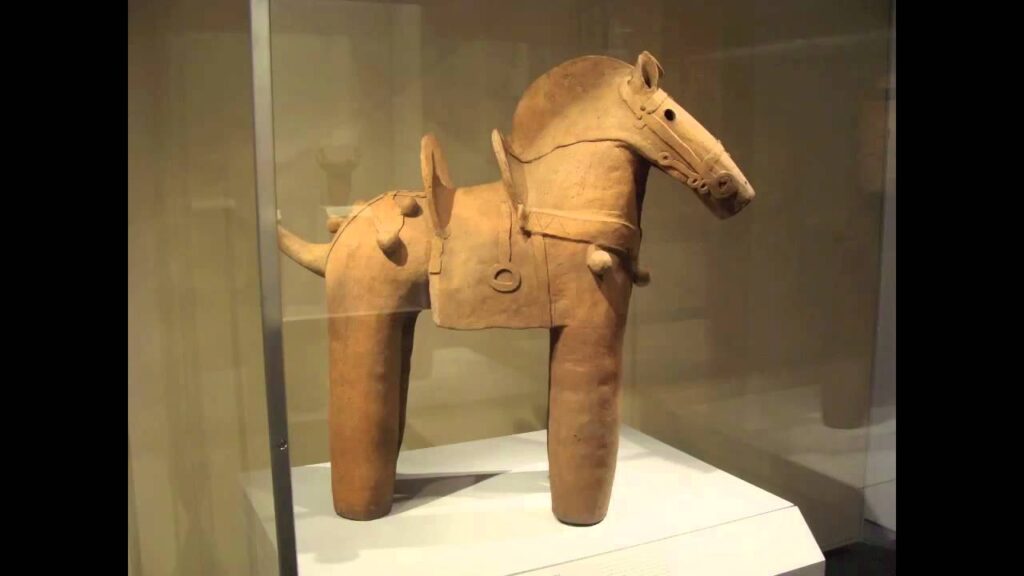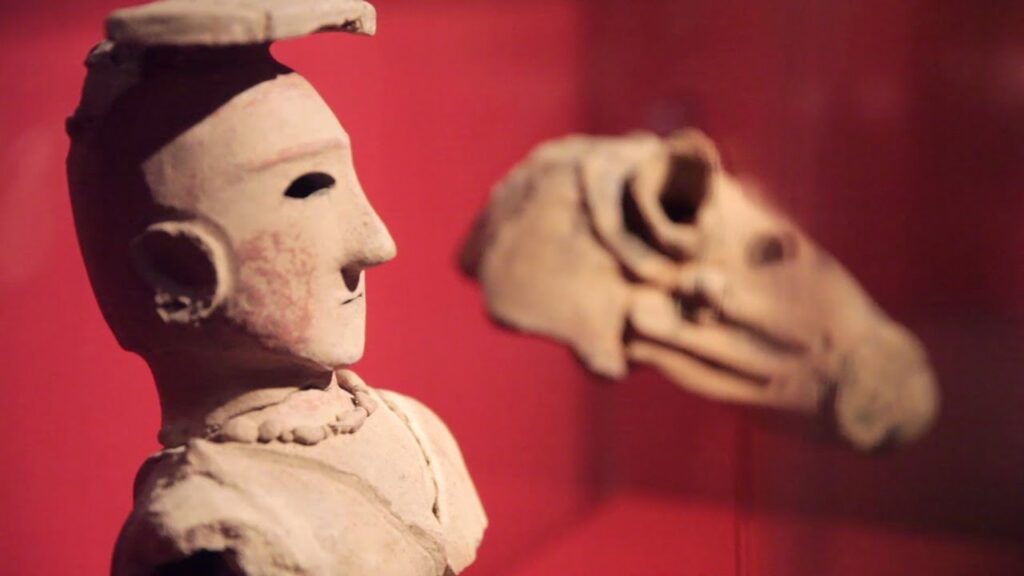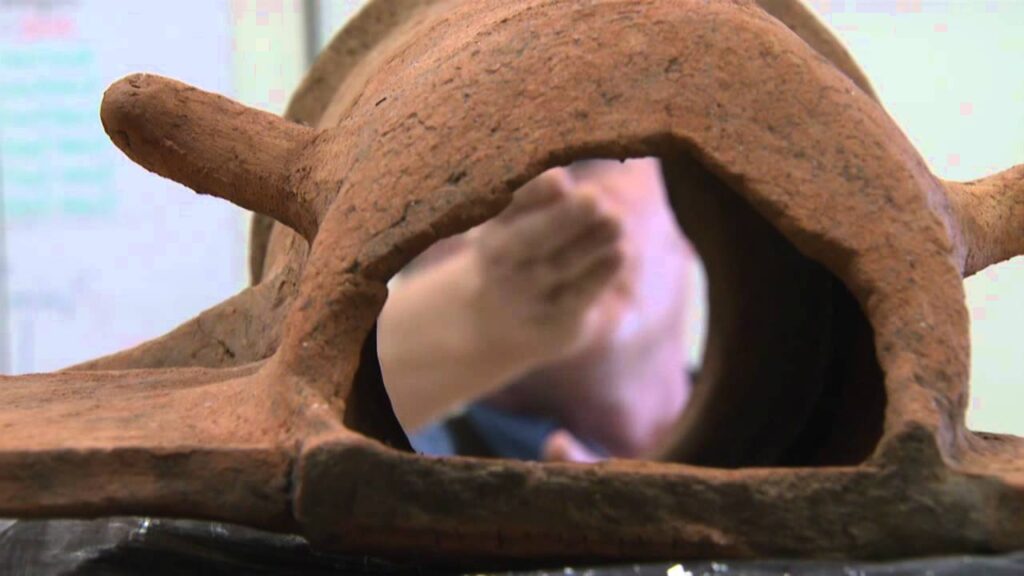Ancient figurines (i.e. Haniwa) surround Shoufutago Kofun in Gunma, Japan – 小二子古墳
This is another kofun found within Omuro Park (大室公園) in Maebashi, Gunma.
Although it's small for a keyhole kofun (in Japanese 前方後円墳 Zenpōkōenfun) at 38m, the abundance and variety of haniwa (the statues) make this one of the better kofun I've seen. Yes the haniwa are replicas, but they are arranged in the kind of way that they would have been all those 1500 years ago. Very cool.
More info here :
*********************************************
Q: What am I watching here ?
A: You are watching footage of a "kofun/古墳" – kofun are tombs in Japan that were created during the Kofun Period (roughly between the 3rd and 7th Century AD) – this era was preceded by the Jomon and Yayoi periods, and followed by Asuka, Nara and so on. These tombs were built as burial chambers for people from Japanese imperial families and other people of higher status in society during those days. The most well-known and generally largest tombs are found around Kyoto and Osaka, but they are found all over Kansai, Kanto, Tohoku etc., and even in other parts of Japan such as Shikoku and Kyushu. Figures vary greatly, but some sources state there are over 160000 thousand of these kofun in Japan. At times you will see haniwa on and around kofun – haniwa are terracotta figures which were made in various shapes, including being formed as people and animals.
Have a read of the the Wikipedia article for more information :
I also have a Facebook page where I post these videos. Feel free to contact me via that page if you want to connect regarding anything about kofun, particularly their promotion to tourists to Japan. Ideally I'd like to build a kofun appreciation community of sorts, but that is just a dream right now –






